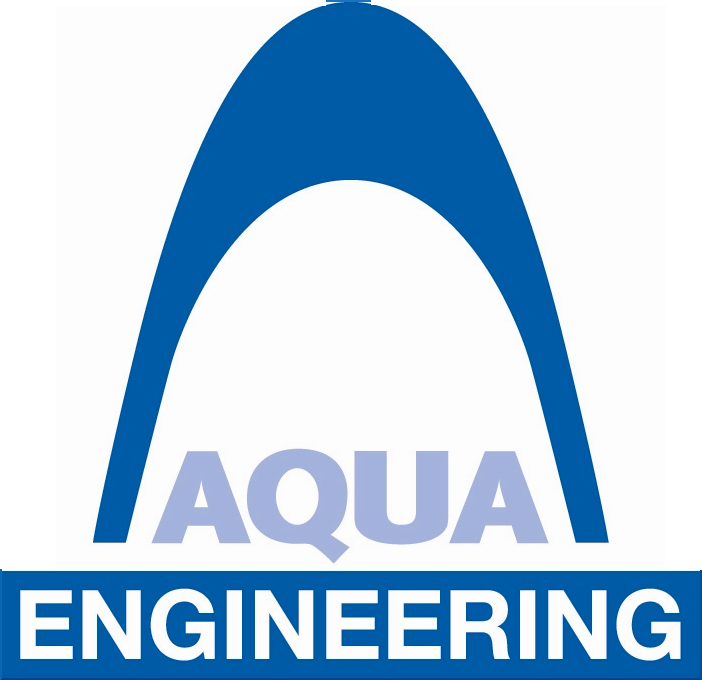Brackish water or briny water is water that has more salinity than fresh water, but not as much as seawater. It may result from mixing of seawater with fresh water, as in coastal zones and riverdischarge zones into the sea and tidal movements of seawater into rivers inland. Brackish water may also occur in brackish fossil aquifers.
Technically, brackish water contains between 0.5 and 30 grams of salt per litre—more often expressed as 0.5 to 30 parts per thousand (ppt or ‰), which is a specific gravity of between 1.005 and 1.010. Thus, brackish covers a range of salinity regimes and is not considered a precisely defined condition. It is characteristic of many brackish surface waters that their salinity can vary considerably over space and/or time.
Hence the pre-treatment of feed water prior to salinity removal and conversion rate of process is of high importance and the plant operating regime must be adjusted to varying feed water conditions.
Desalination of brackish water is usually done through membrane technology with reverse osmosis (RO) being the dominant application and nanofiltration (NF) for lower concentrations of salts and other specific ions.
Aqua Engineering has commissioned in 1990 its first commercial brackish water desalination plants in the City of Majmaah in Saudi Arabia as well as for King Fahd and Prince Sultan Palaces in Riyadh with a total capacity of 7.300 m3/d.
Reverse Osmosis (RO) is a process in which both dissolved organics and salts are removed using a mechanism different from distillation, ion exchange or activated carbon. The pressurized feed water flows across a membrane surface with a portion of the feed permeating the membrane. The balance of feed sweeps parallel to the surface of the membrane to exit it without being filtered. This type of system is called crossflow filtration.
The basic process of RO simply requires a pump, membrane pressure housing, membrane element(s) and plumbing connections. The number of membrane elements used in each desalination system is related to the quantity of water produced by the system. There are many types of membranes, each characterized by a particular salt rejection. The pump is used to pressurize the feed water to create the RO effect and distribute the fresh water to storage.
Brackish water RO has a conversion rate could be up to 90 percent, which means up to 90 percent of the feed water is permeated and the remainder is concentrated to be returned to the water source(s). The conversion rate of seawater RO is considerably less and in a range of 35 to 40 percent in average. The conversion rate achievable depends on salinity as well as specific ions in feed water, which may precipitate on the membrane surface if conversion rate is too high; antiscaling chemicals are widely used to operate membrane systems at higher concentrations of critical ions to avoid precipitation (scaling) at membrane surfaces.
RO, using the first crossflow membrane separation, was the first to be widely commercialized. An advantage of crossflow filtration is that the impurities concentrated on the membrane surface are constantly swept away by the concentrate stream, thus continually cleaning the membrane surface. This prolongs its life, reduces fouling of the membrane surface and reduces maintenance costs. Another advantage of the RO process is that it removes most organic compounds and up to 99.5 percent of all ions. In contrast, conventional filters accumulate the captured, non-dissolved impurities on the filter medium and must be periodically cleansed and/or replaced.
Nanofiltration (NF) is wrongly categorized as a "loose RO" membrane. The differences are subtle, yet distinct. Most notable is NF's ability to reject only ions with more than one negative charge such as sulphate or phosphate while passing single-charged ions. Another significant feature is its ability to reject uncharged, dissolved materials and positively charged ions according to the size and shape of the molecule in question. This effect is desirable for a number of applications where moderate salt removal is acceptable since operating pressures and power consumption are significantly lowered. So, in exchange for less than complete salt removal, costs are reduced. NF is currently being applied in many industrial settings, municipal water treatment (known as softening plants) and the sugar, dairy and textile industries.
























